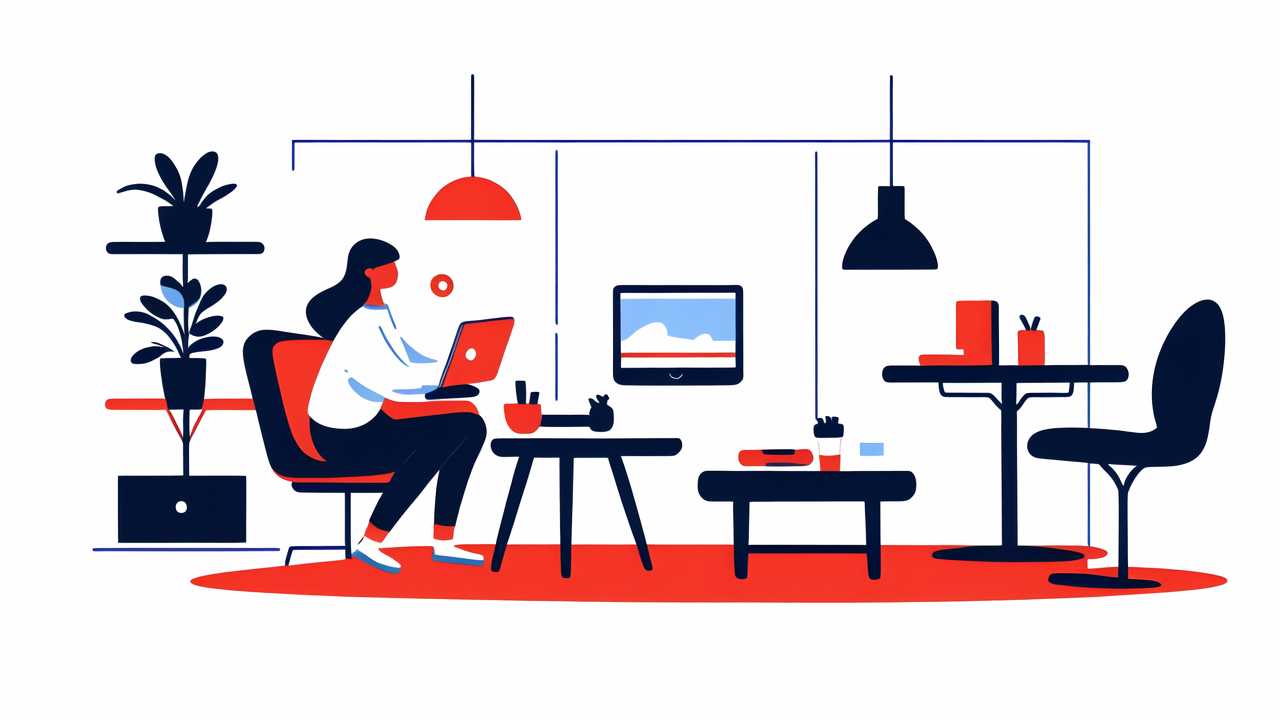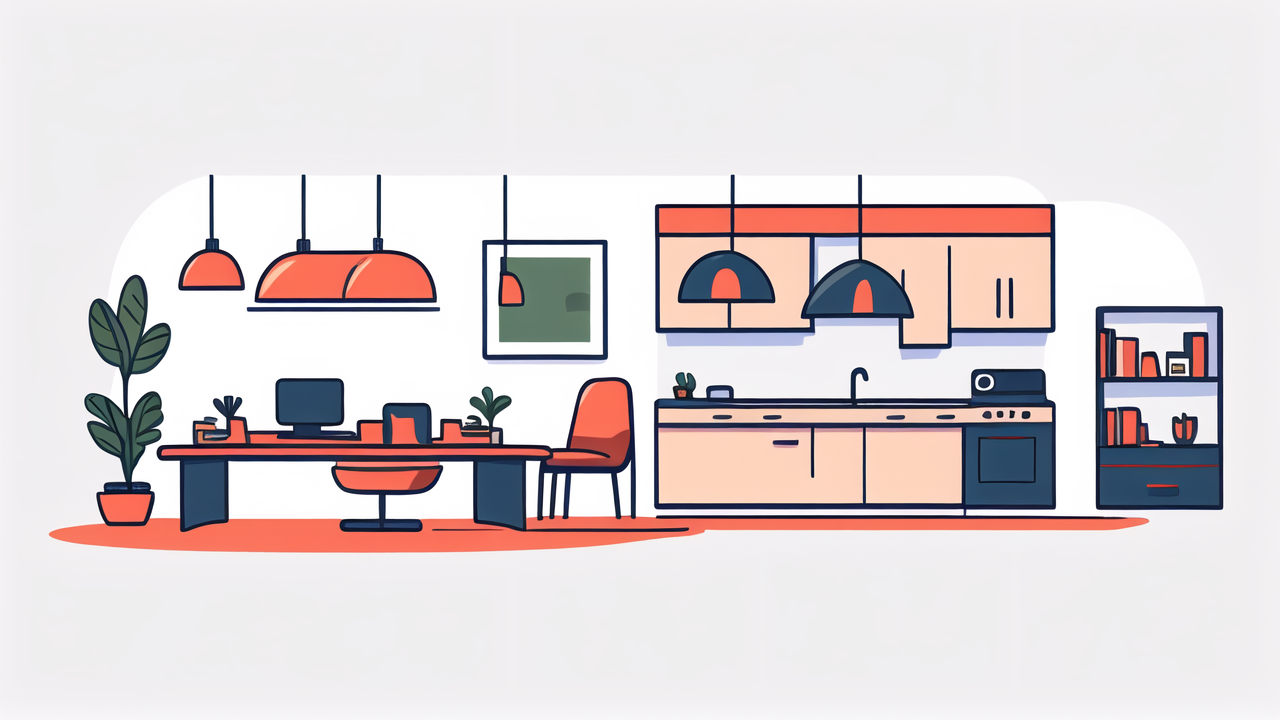Transform Your South African Living Room with Smart Coffee Tables: The Ultimate Multifunctional Solution
Elevate Your Living Space with a Statement Coffee Table
Why a Smart Coffee Table is Your Living Room's Missing Piece
Smart coffee tables are changing how South Africans use their living rooms. These tables do more than just hold your coffee cup. They're like mini computers for your home. Many have built-in chargers for your phone or tablet. Some play music through hidden speakers. Others have touch screens for web browsing or controlling smart home devices. Imagine turning off lights or checking the weather right from your coffee table. These tables save space by combining several gadgets into one piece of furniture. They're perfect for modern South African homes where every centimeter counts. Smart tables often have storage too, keeping your living area tidy. With a smart coffee table, your living room becomes more useful and fun. It's a great way to impress guests and make daily life easier.

Top Design Trends for Smart Coffee Tables in South Africa
South African homes are embracing smart coffee tables with local flair. Here are the top trends:
- Tables made from African hardwoods with hidden tech features
- Sleek, modern designs that fit in any home style
- Round or oval shapes for a softer look in the living room
- Multi-level tables that offer both style and extra function
- Tables with built-in lighting to create ambiance
These trends show that South Africans want tables that look good and work hard. Designers are making tables that fit many different home styles. From beach house casual to city apartment chic, there's a smart table for everyone. Many tables now come in neutral colors to match any decor. Some let you change features to fit your needs. The goal is to have a table that makes your space look better and life easier. Smart tables are becoming the new must-have in South African living rooms. They mix local design ideas with new technology in clever ways.
The Sustainability Aspect: Eco-Friendly Coffee Tables
Eco-friendly coffee tables are becoming more popular in South Africa. These tables are good for your home and the planet. Many are made from recycled materials or wood from sustainable forests. Some smart tables use solar power to charge devices. This helps cut down on electricity bills and is better for the environment. Designers are also focusing on making tables that last longer. They create pieces that can be easily fixed instead of thrown away. This means less waste over time. Some companies will take back old tables to recycle them. Others use materials found nearby to cut down on shipping. Choosing an eco-friendly coffee table is a smart move. It shows you care about style and the planet. These tables often look unique because of the materials used. They add character to your room while being kind to nature. Eco-friendly tables are a growing trend in South African homes.
The Ultimate Comfort: Matching Your Coffee Table with the Perfect Chair Set
Selecting the Perfect Chairs for Your Smart Coffee Table
Picking the right chairs to go with your smart coffee table is key. The chairs should look good with the table and work well with its features. If your table is modern, choose chairs with simple, clean lines. For a more traditional table, pick chairs with classic shapes. Make sure the chairs don't get in the way of using the table's smart features. Swivel chairs can be great for reaching different parts of the table easily. Think about materials that match or contrast nicely with your table. Wooden chairs can look good with a wooden table top. For glass or metal tables, try chairs with soft fabrics for comfort. The height of the chairs matters too. They should let you use the table's smart features without trouble. Look for chairs that are comfy and fit your style. The right chairs will make your smart coffee table area more inviting and useful.

The Importance of Ergonomics and Comfort in Furniture
Comfort is super important when choosing chairs for your smart coffee table area. Good chairs can make you want to use your table more. Look for chairs that support your back well and have comfy seats. This matters a lot if you'll sit there for long times. Armrests can make chairs even more comfy, especially if you'll work at the table. The chairs should be the right height to use the table's smart features easily. Chairs that adjust are great for families where people are different heights. Think about what the chairs are made of too. In South Africa's warm weather, breathable materials are best. Avoid leather or plastic that can get sticky when it's hot. Fabric chairs are often cooler and more comfy. Remember, comfy chairs will make you want to use your smart coffee table more. They can turn your living room into a favorite spot for relaxing or working.
Combining Style and Functionality: Chair Sets that Speak Volumes
The right chair set can make your smart coffee table area really stand out. Look for sets that look good and are practical. Here are some ideas:
- Chairs with USB ports built in to match your smart table
- Swivel chairs so you can move and reach the table easily
- Compact chairs that don't take up too much space but are still comfy
- Chairs with hidden storage to keep your area tidy
- Sets with bright colors or patterns to add some fun to the room
Choose chairs that fit your style and make your table's features even better. A good set can make your coffee table area the best part of the room. It should look inviting and be useful too. The right chairs can make your smart coffee table the star of your living room. They should make the space feel complete and well-planned. When your chairs and table work well together, it creates a space that looks good and works great. This combo can change your living room into a modern, comfy, and smart area that you'll love spending time in.
Maximize Your Investment with a Multifunctional Coffee Table
How a Multifunctional Coffee Table Adds Value to Your Decor
A multifunctional coffee table is a smart buy for South African homes. These tables do more than just hold your coffee. Many have storage, tops that lift up, or parts that can be pulled out. Some can even turn into dining tables or work desks. This means you get more use out of one piece of furniture. It can change to meet your needs throughout the day. This type of table is great for saving space. It's perfect for smaller homes or flats in South African cities. By having one table that does many jobs, you need less furniture overall. This can make your room feel bigger and less cluttered. A good multifunctional table can be useful for years. It changes as your needs change. It's a practical choice that still looks good. These tables can be the main attraction in your living room, both in how they look and what they do.

Versatility at Its Best: Catering to Every Family's Needs
Multifunctional coffee tables are made to fit into busy South African family lives. They can be used in lots of ways:
- As a place for kids to do homework after school
- For family meals or snacks while watching TV
- As a table for playing games on family nights
- As a desk for adults working from home
- For extra storage to keep the living room tidy
These tables change to fit what your family needs at different times. They're great for modern homes where space is precious. A table with a top that lifts up can quickly become a place to work on a laptop. One with storage inside can hide away toys or magazines. Some even have cool parts built in, perfect for hot South African days. This flexibility makes multifunctional tables a smart choice for all kinds of families. They grow and change with you, making them a long-lasting addition to your home. These tables help create living spaces that can adapt to how you live.
The Smart Choice: Investing in a Multi-Functional Coffee Table
Buying a multi-functional coffee table is a wise choice for South African homes. These tables offer great value because they can do so much. They can adapt as your needs change over time. This means they can stay useful even if you change your decor or move houses. Many are built to last, using strong materials and smart design. You won't need to replace them as often as regular tables. Some even come in parts that you can change or update. While they might cost more at first, they can save you money over time. You won't need to buy as many different pieces of furniture. A good multi-functional table can serve many purposes. This makes it a smart buy for any home. Choose one that fits what you need now but can also grow with you. It's an investment in making your home work better and look great.




